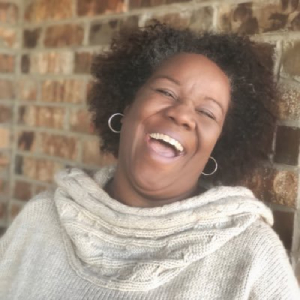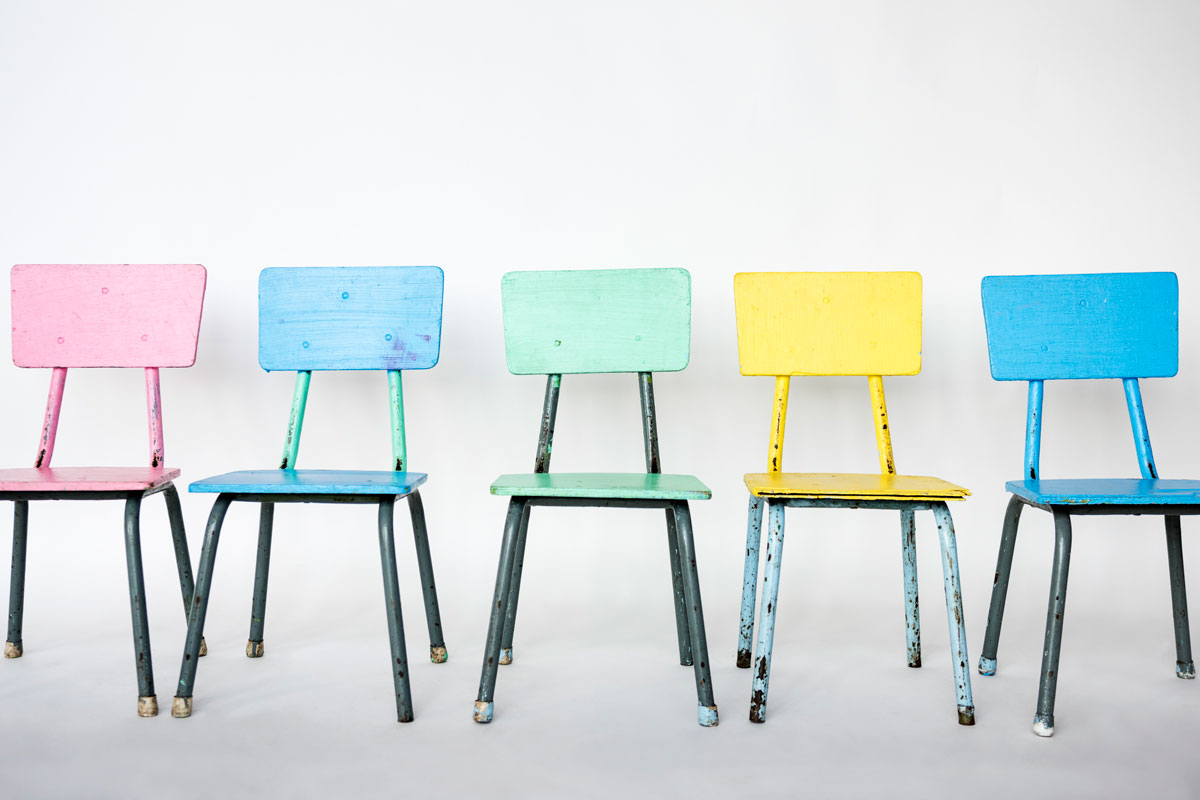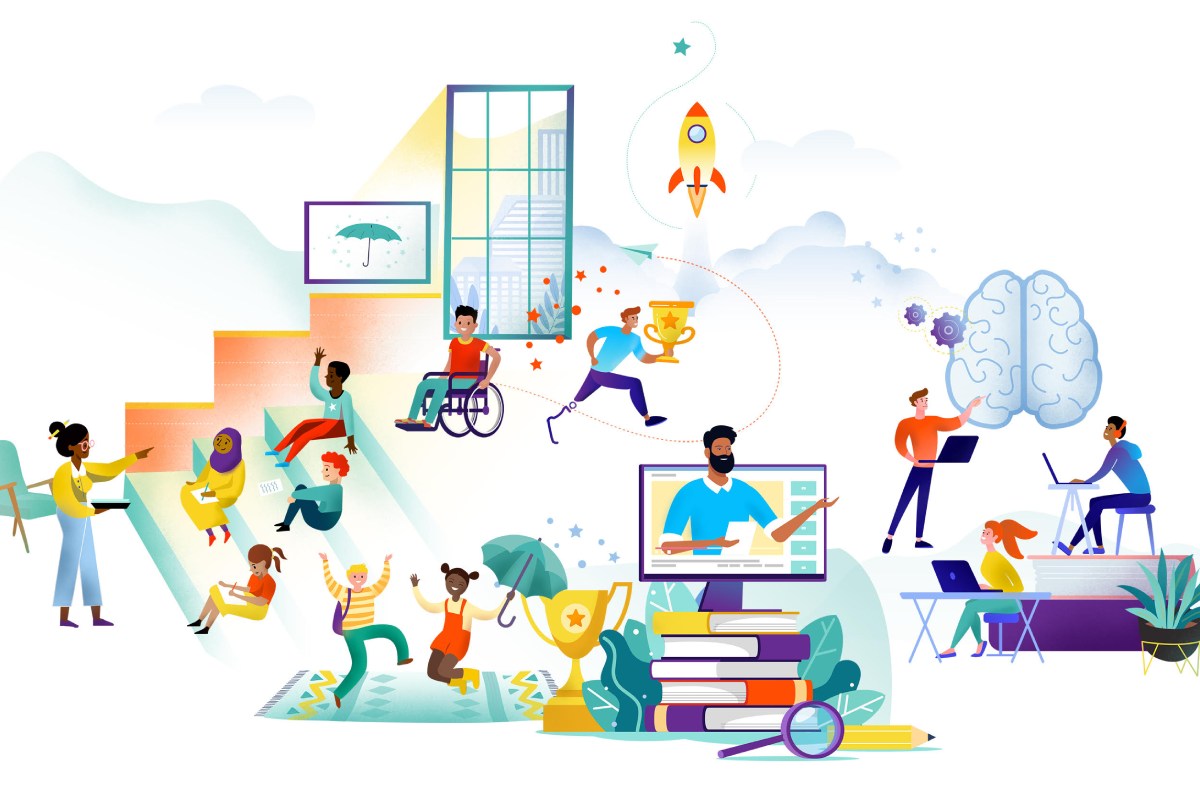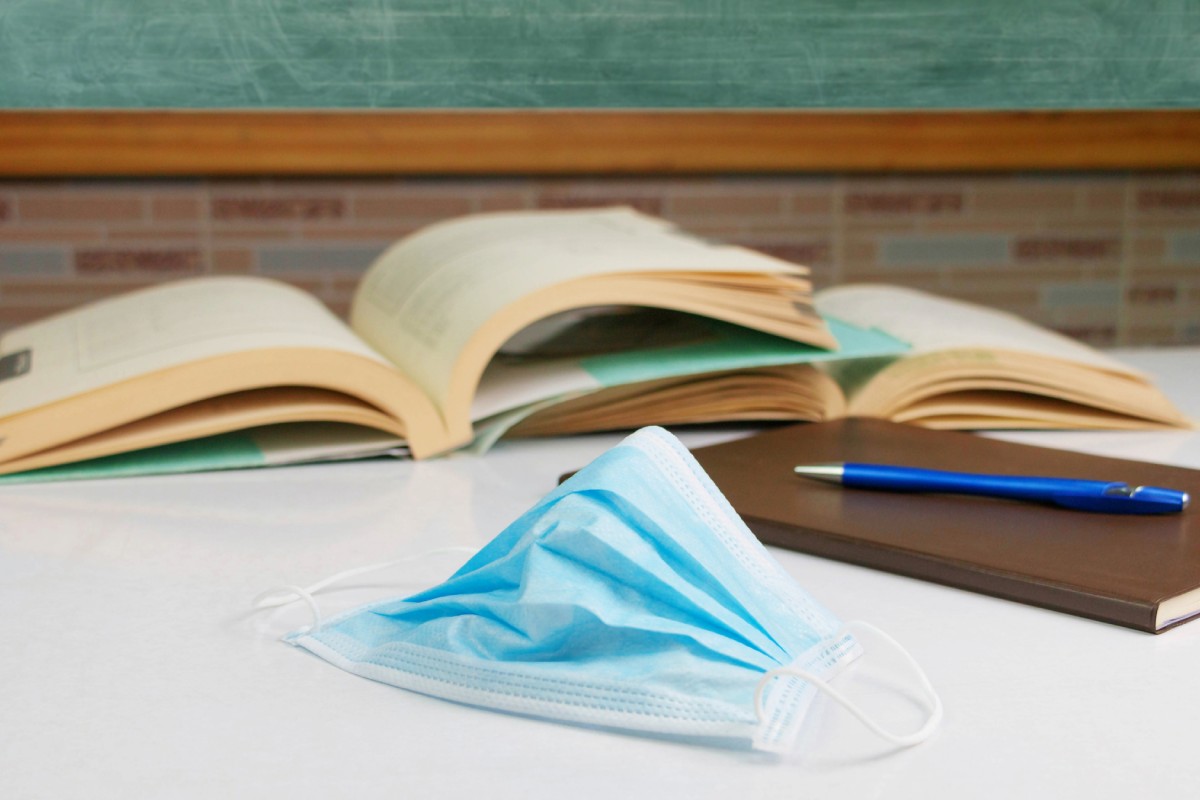Looking Back to Look Ahead: Learning from the Pandemic to Support Student Growth and Achievement in the Future

I’ve been asking myself what phrases and terminology need to be obliterated as we come out of two pandemic school years. I immediately follow that question up with why do I feel said statements are in need of obliteration? I spend a lot of time pondering what we have learned living and teaching in a pandemic. With each of these thoughts come analysis of what did and didn’t work, why, and what could be better. This analytical path leads me to not only wonder, but anticipate and plan for the 2021-22 school year – the third school year amid a global pandemic.
Are we chronicling what we’ve learned, what we’ve achieved, what we need to leave behind, what must stay to continue to develop a generation of future ready global scholars and citizens? Are we taking a hard look at where we were, where we are, and where we want to be?
“Rather than leave it to chance when a tragedy strikes, what if we were actually deploying the many advances in the science of learning and technology to bring an ‘end to average?’ As Harvard’s Todd Rose argues, ‘The hardest part of learning something new is not embracing new ideas, but letting go of old ones.’” (Allen, 2020)
Before There Was COVID-19
Tech-based instruction, student learning & engagement could be found in silos. It was not the norm, at least in many classrooms in the U.S. Change is difficult and it’s far easier for many to operate in the zones of comfort.
An article published by Walden University highlights psychiatrist, Dr. Abigail Brenner’s definition of a comfort zone as a, “psychological/emotional/behavior construct that defines the routine of our daily life” that “implies familiarity, safety, and security.” (Walden University, n.d.)
We can extend this definition beyond daily life to the constructs that define our daily routine as educators. Instructional planning the way we’ve always done it is second nature, a certain automaticity comes with it.
This automaticity isn’t always synonymous with the absence of rigor or engaging learning experiences. Educators excel at providing fully engaging learning environments that yield high-performing, strategic-thinking, collaborative opportunities for students ranging from passion projects, inquiry-based learning, play-based learning, gamification, to Universal Design for Learning (UDL).
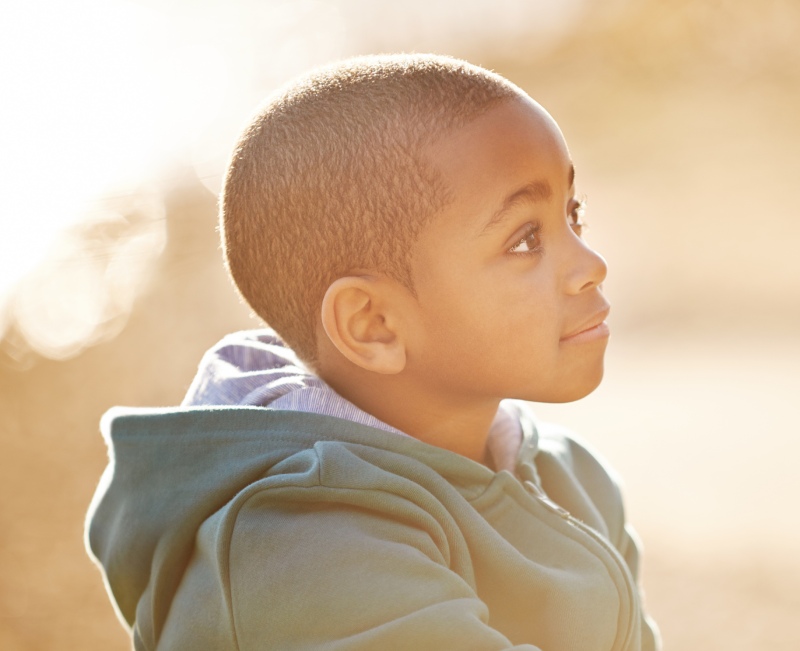
But…what if we could do more? What if we can extend the learning? What if we could add new challenges? What if we would stretch and step out of our comfort zones as practitioners?
Building the Plane While Flying It
We didn’t have a choice when taking a direct hit from COVID-19. We didn’t step out of our comfort zone, we were propelled into a new universe.
Being dependent upon information from the World Health Organization, the Centers for Disease Control, education agencies, and public health commissioners, governors, and attorney generals, administrators made precedent-setting decisions about the path forward for teaching and learning.
I remember when my own district introduced Seesaw as a digital platform for student engagement and learning a couple of years before the pandemic. It was met with apprehension and pushback. It was also the year our new Student Expectations (SEs) would become effective. As a result, many educators didn’t immediately connect with or embrace a new digital platform.
With the onset of school closures in the 2019-20 school year, educators didn’t have a choice. It was a wake-up call that school is not just a place buses drop children at everyday. School is an experience, not a place, and the delivery of the school experience can be provided anywhere.
With this new truth a very old and painful truth was forced to the surface.
The institution of education was forced to address the disparities of equity and access in learning, technology, wifi, food, health services, and other goods and services.
Students having no other options besides learning at home unraveled the threads of the quilt that had far too long covered the harsh truths (realities) of the inequity that exists for some of our students and their families. Hotspots were delivered to many families giving them access, but they still lacked the means, the resources to access bandwidth. Students needed devices. Households needed multiple devices for more than one student in homes.
One would think after these two needs are met – problem solved.
This is only the beginning of the challenges in some households. Single parent homes, parents who work extended or evening hours may not be available to provide support to students. If students need troubleshooting assistance to log on to class and are unable to because an adult is not available, even with the proper resources – they still don’t have access.
When schools did reopen, many families made the difficult decision to keep their students home as a preventative measure to minimize their chances of contracting the virus. Why? If they contract the virus and need medical attention or hospitalization, insurance, bills, and funds are the next challenge and barrier to access to proper medical treatment. If the provider or children become ill and the income source has to take off work, the income source may be fired. Unavoidable chain reaction scenarios cause parents to make decisions that they know will negatively impact the academic growth of their children, but when given the choice of academics over their well being and finances, academics will be secondary every time.
Taking time to learn and seeking to understand the challenges that families face is a necessary step toward understanding the challenges our families face, and being a champion for change. Only then will we understand that…“the equity impact is severe-certain student groups, especially low-income students and English language learners, are falling behind more compared to others.” (PACE, 2020). We must be the change.
Closing Gaps: Rethinking Language, Planning & Implementation
Therefore, when we discuss closing gaps we have to consider the palpable dichotomy in which we find our students. Understanding that tutoring, summer school, or extending hours, for example, may not be the sole solutions to closing gaps. With that in mind, what are our paths to recovery?
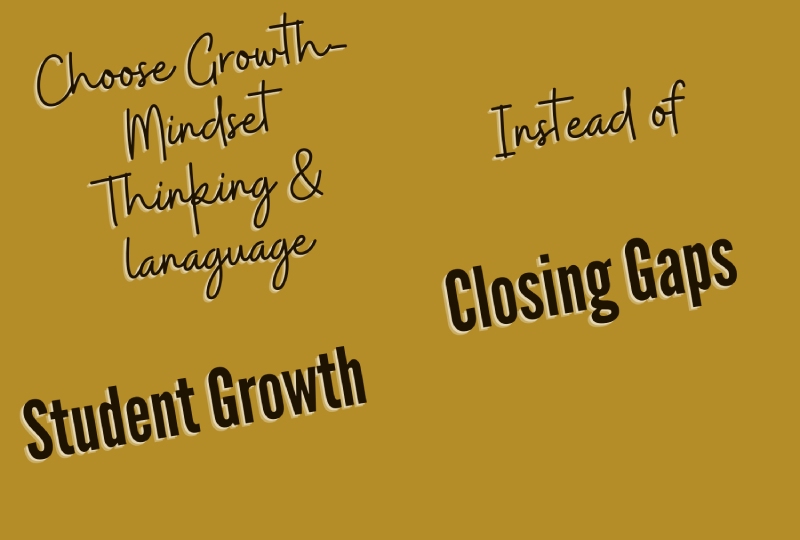
1. Student, Teacher, Administrator, Parent Mental Health
If we are truly committed to student growth (I much rather use growth-mindset rather than deficit language to support student success), addressing, identifying, and meeting social emotional and mental health needs of the entire learning community. That may sound like a daunting task, but it is a relative response to mitigating the effects of a global pandemic.
District counseling departments and public social services and mental health organizations should convene to discuss new pathways to support stakeholders navigating teaching and learning amid a pandemic and the process of full reopening.
The expectations and plans to propel student growth can be overwhelming from each of these perspectives. How we do or do not meet the needs of our students, teachers, administrators, and parents will determine the success of student growth.
Check-ins (not walk-throughs), will be the glue that binds the well-being of staff and students. We must establish the norm of tapping into how we are feeling, processing, and managing our mental wellness in tandem with academic growth. Cross-conversations with neighboring districts, provinces, parishes, etc. to share plans and best practices will further nurture the well-being as we support student growth.
2. This is a Journey, Not a Sprint
The 2021-22 school year marks the third school year since COVID-19 impacted student learning. Understanding that strategic planning, and putting resources and protocols in place that support sustainable systems to enhance student growth is perhaps one of the most essential elements of student improvement and achievement. It can be difficult for some administrators to fully embrace this concept of being intentional about the steadiness rather than aggressiveness and fast-paced path of improving student growth and achievement. I am not saying the path to student growth should be a slow one, I am saying it should be a careful, methodical, and empathetic approach. Embracing these powerful truths lays the foundation for the journey of student growth, achievement, and gains.
- It is going to take time
- Students are resilient
- Teachers will are diligent and committed
- Parents are doing the best they can
- Administrator support, patience, & leadership
- Open dialogue across organizations
3. Teacher Support
How are we supporting teachers? Are we continually adding to their plates yet taking nothing off? Are we creating a platform for them to maximize student growth but minimizing and even removing the most mundane of tasks? Have we polled teachers to ask them what would help them meet the needs of students in an unprecedented era? Have we simply asked, “How can I help?,” and truly be prepared to help?
4. Teacher Professional Development
Before we make decisions to provide solely what we think educators need, perhaps we should talk to them to find out the areas of growth they themselves have identified while they were building this plane called teaching and learning during COVID-19. The combination of teacher input and the experience of administrators makes for robust learning experiences that will further equip our classroom teachers who have become dynamic change agents to guide the growth of students.
The defining moment not to miss now becomes considerations of the type of professional development to provide to educators. Classroom teachers have risen above every obstacle and challenge thrown their way. They, too, have proven to be resilient and unafraid to look uncertainty straight in the eye with determination to persevere and overcome. Don’t miss the moment to extend the invitation to educators to deliver professional development for your school’s staff.
5. Student Support
The pandemic-era revelations must be brought into this next school year instead of being swept back under the rug. The devices, hotspots, and whatever-it-takes mindset of providing students access to learning at home mustn’t go away because schools will fully reopen next school year. These students will still have homework, extended learning, projects, and for some, tutoring. These students are the same students that are at an increased need of gains and growth. We can’t simply pull the plug on the extra support and access to resources. Instead, we must be innovative and persistent to continue to seek funding and additional points of access to learning, resources, and services.
What about gaps in student services? The gifted learner, students acquiring other languages, the learner who needs varied levels of support, cognitive, emotional, or behavioral needs. The concern and focus has been on gaps in achievement. I counter this focus with this precipice:
Until we meet the individually intimate needs of every student emotionally, behaviorally, physiologically, developmentally, and socially; only then will students have the willingness and capacity to invite us to access their cognitive needs.
I challenge district and school leaders to hold this same truth as a necessity for educators.
It will be vitally important for the beginning of the 2021-22 school year (and throughout the year) to highlight the importance of Maslow’s Hierarchy Needs and ensure that we are weaving these needs into our learning and living environments daily – not just in moments.
6. Flexible Learning Opportunities
We did the unthinkable in an unimaginable short period of time. From educators who were in their preparatory years of retirement to bus drivers, crossing guards, counselors, administrators, and classroom teachers. We didn’t pivot…we disrupted the traditional modalities of learning. Teachers learned new platforms in record time. Administrators quickly realized the need for collaboration and sought advice from leaders whose institutions already had virtual and remote learning woven into its structure as well as those who were learning alongside them.
For many educators and students, virtual learning was difficult. What we know is that some aspects of digital learning will continue to be part of the learning environment.
How can we support educators?
Teachers must be given the freedom to be innovative and revolutionary in their practice.
My students serve as a powerful example of what can happen when we give students the space to own their learning. Parents joined me on a journey of innovating the learning experience for students during virtual learning. Students were moved to be part of change after experiencing the historic #TexasWinterStorm2021. After explaining to them that while many of us lost gas, electricity, water, etc. temporarily, this is part of normal life for many in some of our neighboring countries.
Earlier in the school year, my class connected with Stephanie Rothstein’s high school honors class in California. Our students spent the year learning about one another’s passions and causes via FlipGrid. The culmination of this adventure was highlighted by a Zoom session with both classes and author, Barbara Bray. Rothstein and I met during an event hosted by Bray. We learned that we are both passionate about PBL and the three of us committed to exploring opportunities for collaboration.
During the Zoom session, Rothstein’s students shared their projects – many of which resulted in students developing a website for their cause. My kindergarten students became curious about developing a website for their water crisis awareness and conservation initiative. With parent support in breakout rooms, students developed the content for our class website.
These types of experiences have to be a mainstay in a post-pandemic shutdown educational system.
Rothstein, Bray, and I will go into more detail on July 2nd during the Empathetic Educators #EEConquest Conference.
We have to listen to teachers and students and be vigilant about providing resources in response to their needs.
- Establish an environment of teachers owning their own learning.
- Instead of leaders determining professional development, invite teachers to evaluate their needs and seek learning that will support their growth.
- Invite, be open, and willing to accept teachers to be creative in the “look” of their professional development.
- Create a space where professional development is not traditional, rather, it thrives on experiences versus traditional sit-and-listen professional development.
- Welcome teachers who want to create mentor teams or team teaching, for example.
- Adopt Innovation Teams that consist of teachers, parents, administrators, and students. Consider this team as one of the primary drivers of ‘how your school does learning.’ Imagine the possibilities of inviting college and tech leaders to join the team!
- Inquiry-based learning, Universal Design for Learning (UDL), and play-based learning should become the norm versus an anomaly.
7. Parent Teacher Relationship
Earlier, I wrote, “We did the unthinkable in an unimaginable short period of time.”
There is a key ingredient in the recipe of we that is often left out. When a key ingredient is missing from a recipe, it lacks flavor, can leave a bad taste in your mouth, is eaten out of obligation to the cook – not because of enjoyment of the dish, and when the dish truly depends on that key ingredient, the dish can go untouched or consumers can be extremely dissatisfied with the dish.
If we were to look at the community responsible for teaching, guiding, supporting, and facilitating students and their growth into responsible citizens as a recipe, we would better understand that parents are a key ingredient in the recipe of we and student success.
When teachers don’t add the key ingredient…
My high school son (we’ll call him Mike) was a virtual learner this past year and a half. He had a scheduled one-on-one with one of his teachers. The only internet service provider in my community provides a speed of only 25 mbps – yes – it’s excruciatingly painful. He was having difficulty logging onto the meeting and asked for my help. While troubleshooting, I asked him to leave the chair so that I could sit down. After rebooting, disconnecting and reconnecting to the wifi, and trying to log back into Teams, the call went live. The teacher’s first comment in an irritated tone was, “Where is Mike?”
His teacher didn’t know what transpired prior to the call. She didn’t know that he tried on his own to fix the issue. She didn’t know he asked for my help. Did she need to know these things to be polite? “Hi, Mrs. Browder, how are you today? It’s great to see you. I need to help Mike with a couple of things for class. Is he available? Oh, by the way, before I start with him, I just wanted to say I’m really proud of him for reaching out to schedule some time with me. Before I speak with him, did you have any questions for me?
I would have walked away from this conversation with a memorable and positive experience. I would have felt as if I am a key ingredient in my son’s success. Instead, I indeed walked away with a memorable experience – for all the wrong reasons.
The institution of education has to embrace a major mindset and culture shift to include parents in the learning process. In one of my professional development sessions, “Power Parent Relationships,” we take a close look at what it means to fully embrace the concept of parents as are our partners, parents are the guardians of their children, students don’t belong to us, and they are precious gifts that we have been entrusted to nurture and grow alongside amazing partners – their parents.
8. Unconventional Partnerships
The landscape of school should look and feel different. Whether you are a teacher, administrator, student, or parent, we are all advocates to ensure that our landscape continues to evolve in this new era of teaching, learning, and socialization. The partnership between the aforementioned 9th grade honors class, my kindergarten class, and an author, is an excellent example of an unconventional partnership.
What we do now, who we do it with, and how we do it, are the new defining factors in student engagement
The community, businesses, educators, and classrooms around the globe are all waiting for opportunities to connect with students to cultivate unique experiences that will long outlive the traditional ways students learn.
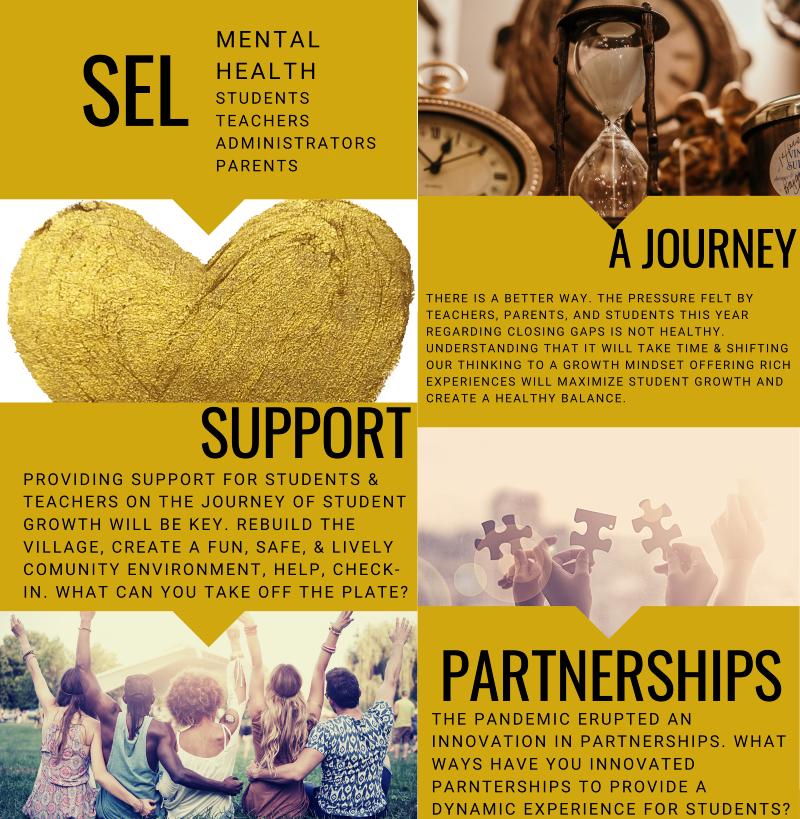
The Other Side of COVID
COVID-19 will not go away, we are still fighting a pandemic, but we are overcoming and learning how to live with it. As things begin to return to normal (please don’t embrace this phrase), we must not consider it as returning to normal. Consider thinking of it as going forward.
As we go forward into a new school year, these are the pillars I have been discussing with my school leadership team:
- First grade will be the new kindergarten. Virtual kindergarten students will need kindergarten-level support and training in first grade. How do I get to my classroom, how do I ‘do school?’
- Be intentional in providing support to students coming into first grade, students going to a new school, and students in any grade who were virtual.
- Students who were virtual may need help adjusting.
This is where talking to parents will be a must. Conversations with parents will help us understand if returning students are coming back with anxiety, we can learn what their experience was while home.
- Be keenly aware and watchful in monitoring relationships making sure new social classes aren’t created among students. This may be something to consider at the middle and high school level.
- Place value on mental health and have open dialogue about feelings.
- Tend to the needs and concerns of athletic scholars and academic scholars.
- Celebrate, have fun – make the culture, the norm, the expected.
- Maslow before Bloom – enough said.
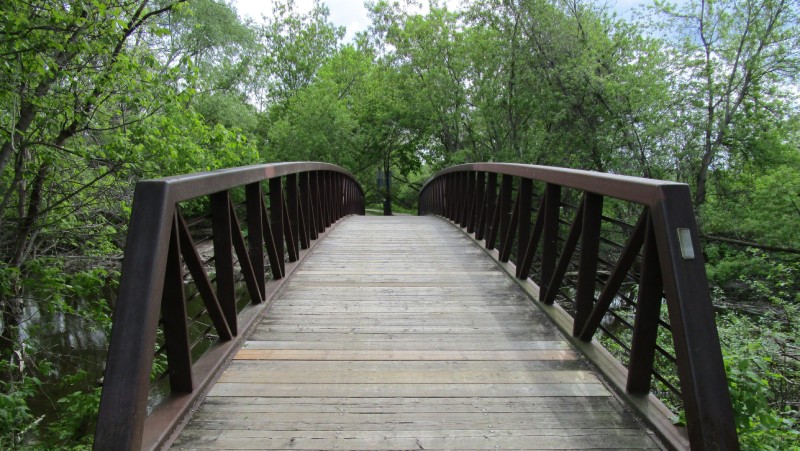
It Took a Pandemic to Shake Things Up
Looking back on and learning from the past two years brings me hope for what’s to come. It did indeed take a global pandemic to shake things up, but we have proven to be resilient. What we do next, what we keep in place, will be vital for students to be excited about learning and eager to grow and accept challenges. Collaboration, partnerships, relationships, future-ready students, growth-mindset educators as innovators, and parents as teammates – are the key ingredients necessary for students to embrace growth and achievement in the new era of teaching and learning.
If your district has adopted a blended learning model for the next school year, I invite you to listen to the Rockin’ Remote Learning series on Intelligogy The Podcast.
If you are interested in advancing your growth and development in the social emotional experience for teachers and students, the series on Rethinking SEL will be of interest to you.
It may have taken a pandemic to shake things up, but what will you do to continue to disrupt educational normalcy?
Allen, Jeanne. (2020, March 13. How Technological Innovation in Eduation is Taking on COVID-19. Forbes. https://www.forbes.com/sites/jeanneallen/2020/03/13/how-technological-innovation-in-education-is-taking-on-covid-19/?sh=7e9fb7f67bc7.
Walden University. (n.d.) The Pros and Cons of Comfort Zones. https://www.forbes.com/sites/jeanneallen/2020/03/13/how-technological-innovation-in-education-is-taking-on-covid-19/?sh=7e9fb7f67bc7
Pier et al., (2021, January 25.) PACE – COVID-19 and the Educational Equity Crisis. https://www.edpolicyinca.org/newsroom/covid-19-and-educational-equity-crisis

